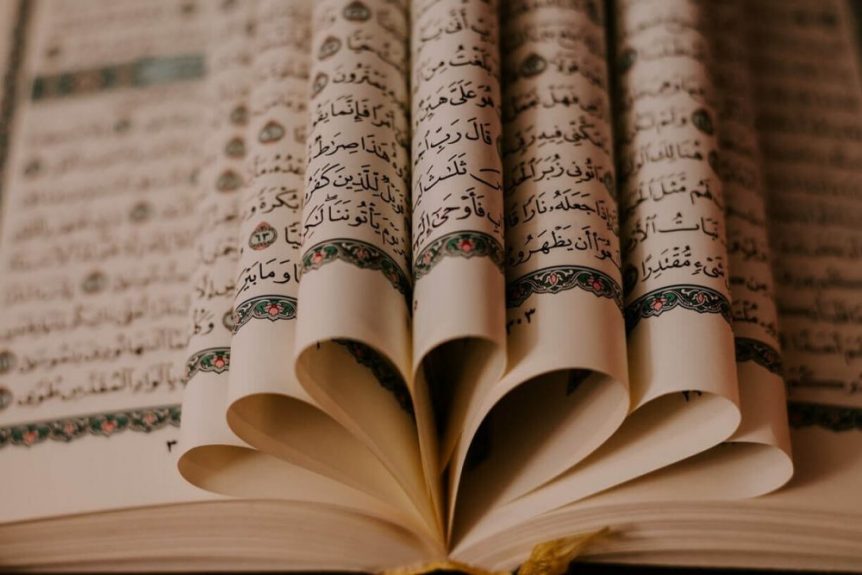Just like the intricate designs and patterns of Arabesque art, the Arabic language is a complex and beautiful labyrinth of words, phrases, and sounds.
Boasting a rich history, it has evolved over millennia to become one of the most widely spoken languages in the world today (including dialects), ranking 6th with over 350 million native Arabic speakers worldwide.
The Arabic language is also one of the six official languages of the United Nations and the official language in 26 countries, including Egypt, Iraq, Jordan, the United Arab Emirates, Saudi Arabia, and Morrocco.
Join us today as we dive into the fascinating history of the Arabic language, its modern uses, dialects, writing system, and more.
Origins and History of the Arabic Language
The ‘official’ history of the Arabic language started over 1,000 years ago, although its origins can be traced back to the 1st century CE. This is when the ‘Old Arabic’ first emerged, which is how scientists refer to a collection of related dialects spoken in the Arabian Peninsula.
Over time, Arabic began to spread, mostly due to the nomadic lifestyles of Arabic tribes. The language further evolved with the expansion of Arab empires and cultures.
In the 7th century CE, the holy book of Islam, the Quaran, was written in Classical Arabic. It greatly influenced the subsequent forms of the language, serving as the basis of Arabic to this day.
By the 8th century, Arabic was widely spoken across the Middle East and North Africa, and its influence could be seen in fields like science, mathematics, philosophy, and art. This golden period saw the language grow and evolve into what we now call Modern Standard Arabic.
Modern Standard Arabic (MSA)
Modern Standard Arabic, or MSA, is the simplified direct descendant of Classical Arabic. It started to take shape in the 19th century, emerging after World War I as a result of efforts to standardize the language across Arab nations.
Today, MSA is used in formal settings like media, literature, and education. MSA is taught in schools across the Arab world and is the version of Arabic most commonly learned by non-native speakers.
Even though it is not typically used conversationally, understanding MSA can provide a solid foundation for appreciating the beauty of Arabic literature and engaging with Arabic-speaking communities.
Written Arabic System and Alphabet
The Arabic writing system is unique and fascinating. As one of the Semitic languages, Arabic is written right to left, with the Arabic alphabet having 28 letters.
The letters change shape depending on their position in a word – they can be either initial, medial, final, or isolated. This cursive style makes Arabic script an art form in itself.
The language is also phonetic, meaning that Arabic words are written as they sound, which can make it easier to learn. However, short vowels are often omitted in writing, which can be a challenge for learners and non-native Arabic speakers.
Arabic Language Dialects
Even though MSA is the standard, regional dialects are the most commonly spoken versions of Arabic.
These dialects can be vastly different from one another and from MSA. Overall there are over 30 modern Arabic dialects falling into five groups: Egyptian Arabic, Maghrebi Arabic (North African), Levantine Arabic (Eastern Mediterranean), Gulf Arabic, and Mesopotamian Arabic.
The Egyptian dialect is the most widely understood in the Islamic world, mostly because Egypt is the major producer of TV and movies in the Arabic world.
These dialects reflect the diversity and richness of Arab cultures. Understanding these dialects is crucial for anyone interested in the Middle East and North Africa because they allow for more authentic and meaningful communications.
Arabic Language Translations
Translating Arabic is an art that requires deep appreciation and understanding of not just the language but also the cultural nuances.
This is something we understand perfectly here at Lighthouse Translations.
Through our Arabic translation services, we make sure your translations are accurate and contextually appropriate, whether you need literary, government, legal, business, or personal translations.
Our team of professional translators has a thorough understanding of MSA as well as various Arabic dialects. Thus, we can ensure your message is effectively communicated to Arabic-speaking audiences.
Contact us today and can unlock the rich world of Arabic language and culture!


